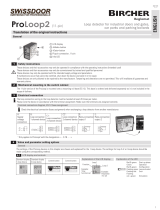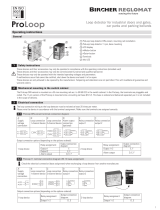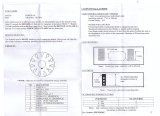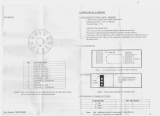Marantec Control 403: Your Smart Gateway to Seamless Home Automation
With Marantec Control 403, you've unlocked a world of possibilities to transform your home into a connected haven. This intelligent gateway empowers you to effortlessly control and monitor your garage door, gates, and other compatible devices, all from the convenience of your smartphone or tablet.
Marantec Control 403: Your Smart Gateway to Seamless Home Automation
With Marantec Control 403, you've unlocked a world of possibilities to transform your home into a connected haven. This intelligent gateway empowers you to effortlessly control and monitor your garage door, gates, and other compatible devices, all from the convenience of your smartphone or tablet.




-
 1
1
-
 2
2
-
 3
3
-
 4
4
Marantec Control 403 Owner's manual
- Type
- Owner's manual
- This manual is also suitable for
Marantec Control 403: Your Smart Gateway to Seamless Home Automation
With Marantec Control 403, you've unlocked a world of possibilities to transform your home into a connected haven. This intelligent gateway empowers you to effortlessly control and monitor your garage door, gates, and other compatible devices, all from the convenience of your smartphone or tablet.
Ask a question and I''ll find the answer in the document
Finding information in a document is now easier with AI
Related papers
Other documents
-
 Bircher Reglomat ProLoop2 User manual
Bircher Reglomat ProLoop2 User manual
-
BBC Bircher ProLoop Lite User manual
-
BBC Bircher ProLoop Lite 1.S, 11-pin User manual
-
 Bircher Reglomat ProLoop 11 Operating instructions
Bircher Reglomat ProLoop 11 Operating instructions
-
PRASTEL MLX24V-3 User manual
-
CAME SMA Original Instructions
-
CAME SMA Owner's manual
-
 SensAble Sensors ULD4669/13F Owner's manual
SensAble Sensors ULD4669/13F Owner's manual
-
 SensAble Sensors ULD4669/23F Owner's manual
SensAble Sensors ULD4669/23F Owner's manual
-
BBC Bircher CR3 User manual







